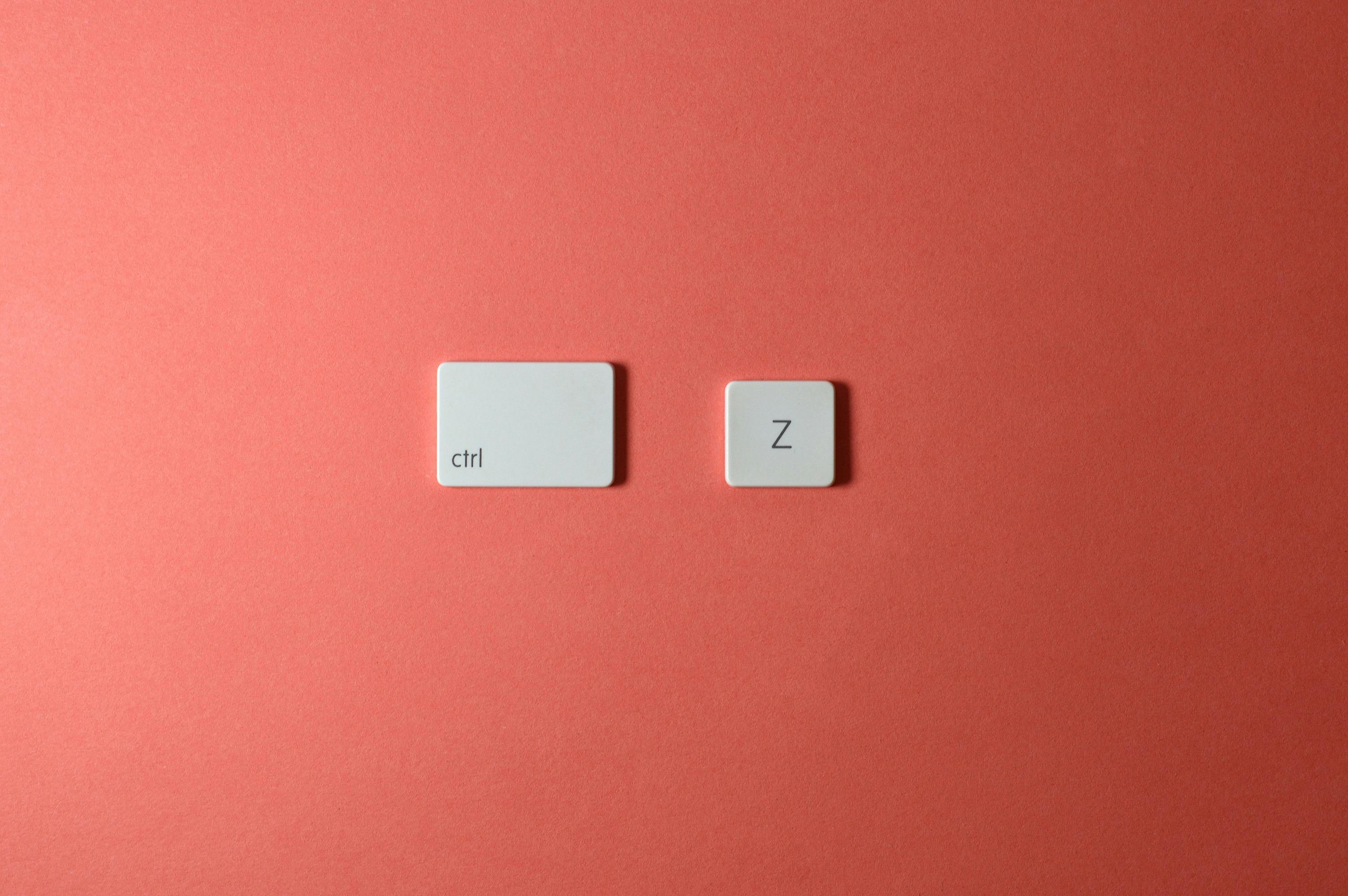Technical writing: how to design borders around the pages of a Microsoft Word document template (6)?
A technical writer needs to know MS Word inside out. Why? Because Microsoft Word is the most widely used text and page layout software in the world. Chances are, in some technical writing job assignment or other, you’ll be asked to use MS Word to design a document template or edit an existing one. So you better know all the wonderful things you can do with it to enhance your technical writing career.
Let’s take a closer look at the powerful MS Word tool that can draw all kinds of borders around the pages of your document template.
1) Open your MS Word template.
2) Click and insert your cursor within a paragraph, on a specific page.
3) Select Format > Borders and Shading from the main menu of MS Word to display the Borders and Shading dialog. The Borders tab would be selected by default.
4) Click and select the Page Border tab. This selection adds a new “Art” dropdown to the center pane and changes the options available in the all-important “Apply To” dropdown.
5) Pay attention to the “Apply to” dropdown list in the lower right corner. Your selection will determine whether your page border options will apply only to the entire document; This Section (the section to which the current page belongs); this section [but] First page only; this section [but] Everything except the first page. There’s a lot of flexibility there.
GOOD TRICK : If you wonder where one section ends and the other begins, activate your formatting marks pressing the button “Show/Hide P” button on your toolbar. Or, select the Tools > Options from the main menu to reveal the Options windows. Then select the view tab and select the all checkboxes in the Formatting Marks group of check boxes. I suggest you use the Show/Hide button to toggle Section Marks on and off. It’s much easier to do it that way.
We’re not done… You can do a lot with MS Word page borders, as I’ll demonstrate in the next and seventh article in this series on designing MS Word technical documentation templates.




